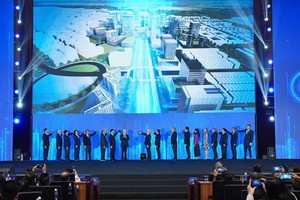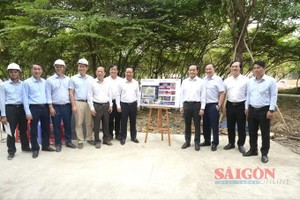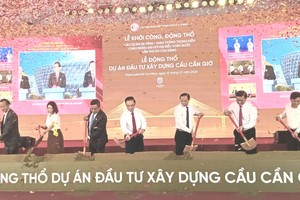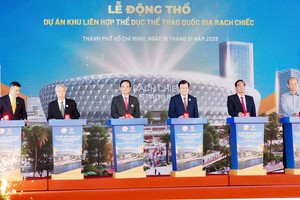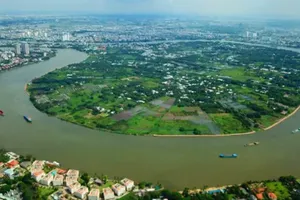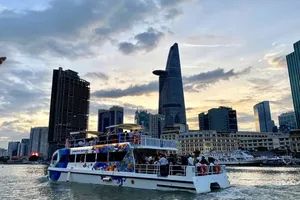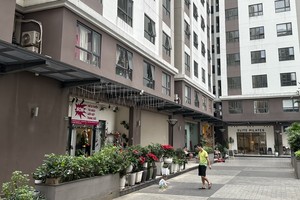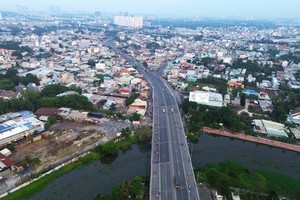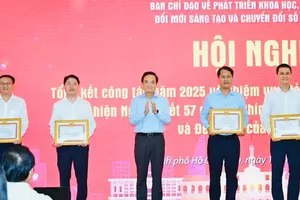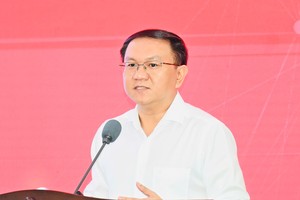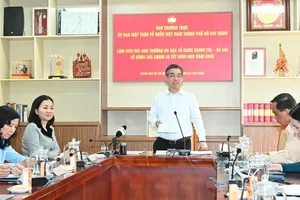 |
Tourists are visiting Sac mangrove forest in Can Gio District (Photo: SGGP) |
Talking about opportunities that Can Gio District receives when adopting Resolution 98 on piloting certain specific mechanisms and policies for the growth of HCMC, Chairman Nguyen Van Hong commented that most content of the Resolution can be applied in Can Gio District.
The most prominent development chance is the construction project for Can Gio International Transshipment Port, expected to help HCMC demonstrate its central role in regional connection corresponding to its economic scale. This will, in turn, aid in recovering the city’s competitiveness in the field of port-maritime economy. It will also contribute to forming a chain of urban estuary areas of neighboring provinces in the future.
Another significant one is Can Gio Bridge construction project to promote tourism and socio-economic growth in Can Gio District. Therefore, the district has proposed HCMC People’s Council consider investment in this project under the Build – Transfer (BT) or Build – Operation – Transfer (BOT) models to accelerate the progress. Thus, when Resolution 98 allows HCMC to apply BT and BOT contracts in traffic projects, this project meets more advantages.
Discussing the implementation of Resolution 98 for mangrove forest areas in Can Gio District, the Chairman informed that the district sees great opportunities as to financial mechanism when adopting greenhouse gas reduction measures via carbon credit exchange mechanisms on its 35,000ha of mangrove forest.
He further explained that in the international conference ‘Exploiting the Potentials, Improving the Quality and Prices of Carbon Credits from Mangrove Forests in Vietnam’, held this June, both domestic and foreign experts in the field agreed that a mangrove forest is able to absorb and store a higher amount of carbon by 4 – 10 times than other terrestrial forests. That is why Can Gio owns great opportunities in issuing carbon credits.
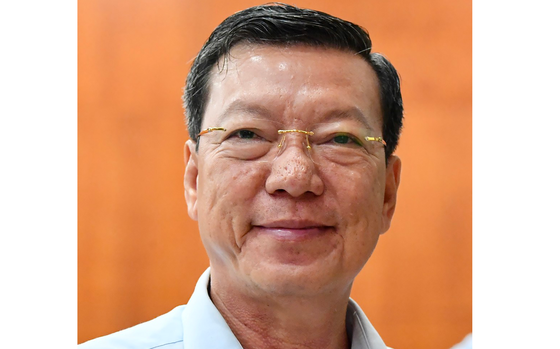 |
Chairman Nguyen Van Hong of Can Gio District People’s Committee |
Regarding the aim of transforming Can Gio District into a high-quality eco-tourism resort and environmentally friendly location, Chairman Hong said that in a working session with the district, Chairman Phan Van Mai of HCMC People’s Committee repeatedly mentioned the urge to harness clean energy. Several investors from Europe and America have preferred this energy type since it demonstrates a product’s values in protecting the community, which is essential in sustainable markets. Can Gio District has considered developing wind energy, solar energy, and biomass energy. It has attracted certain investors to negotiate energy projects in its sea waters.
When asked about how the district can identify its responsibilities in effectively turning Resolution 98 into a driving force for HCMC to grow according to Resolution 12, the Chairman stated that for 45 years being a part of HCMC, Can Gio District has been continuously trying to be more active and innovative in overcoming obstacles. It still encounters such challenges as poor traffic facilities, the inability of projects to proceed with the money pouring step after receiving attention from potential investors, land and water resources not being properly exploited to attract investors.
In its plan for the upcoming time to implement Resolution 12, Can Gio District has announced a list of 41 necessary projects and works. Now that Resolution 98 is in effect along with HCMC’s plans and projects, the district is considering applying more mechanisms and policies suitable for the locality’s traits.
Obviously, Resolutions 98 and 12 are consistent in administration from the central to city levels as to growth orientations for HCMC and in particular for Can Gio District. This is not only a driving force but also a responsibility of the district to help HCMC develop further by better exploiting its own advantages.
Finally, the Chairman voiced requirements for civil servants and Party members in Can Gio District to adopt Resolution 98. First, the district is going to train and upgrade the professional skills of its civil servants and public employees to better suit the new situation, aiming at having all leading positions, 50 percent of civil servants, and 30 percent of public employees in state agencies at the district own a master’s degree.
In addition, the district is planning to frequently check task performance of civil servants and public employees to ensure they can best serve local residents. It will also implement Conclusion No.14-KL/TW by the Politburo and the plan of HCMC People’s Committee to encourage the boldness of civil servants in carrying out their innovative ideas.
Can Gio District People’s Committee is expected to invest in 444 projects with a total capital of nearly VND38.5 trillion (US$1.63 billion), including the state budget of VND20 trillion ($845 million) in order to adopt Resolution 12 of HCMC Party’s Committee about directions for the growth of Can Gio District until 2030. It has submitted all these projects to HCMC People’s Committees, and 41 have entered the approval list. It has also sent the project for ‘Socio-economic Development in Correlation with National Defence Maintenance in Thanh An island commune’.
Among the 41 projects above are an elevated road project along Sac Forest route to Can Gio sea encroachment tourism and urban area, a ferry route project to link to Go Cong Dong District of Tien Giang Province, the HCMC Multi-purpose Culture and Sports Center, a model of sustainable smart TOD-oriented eco-urban area. They are all under the influence of policies and mechanisms as stipulated in Resolution 98.

